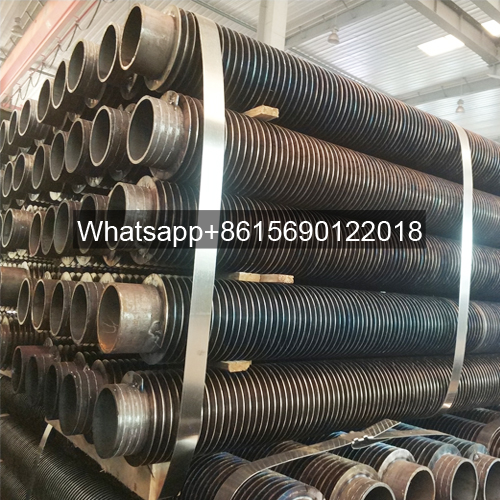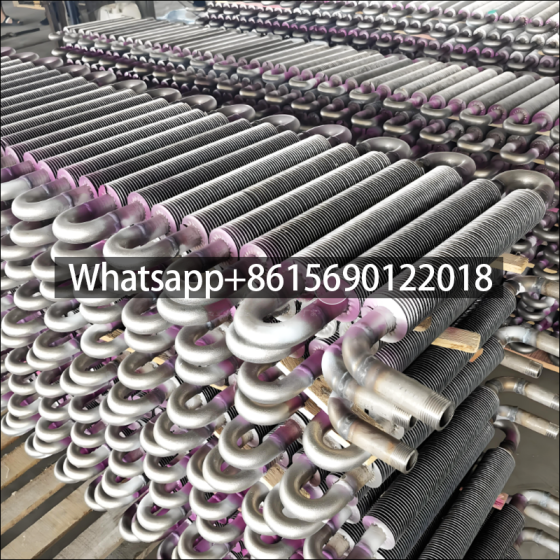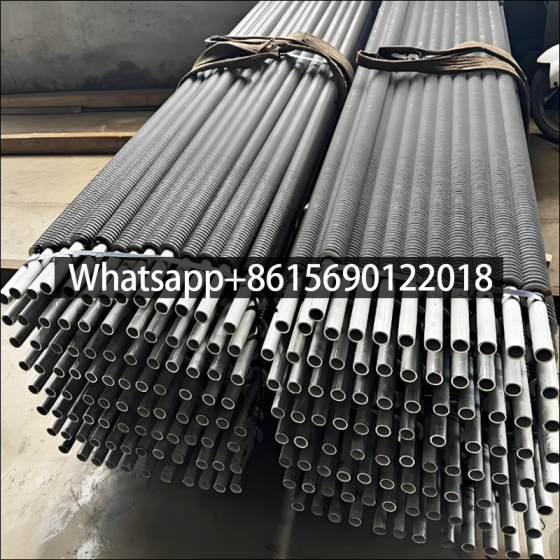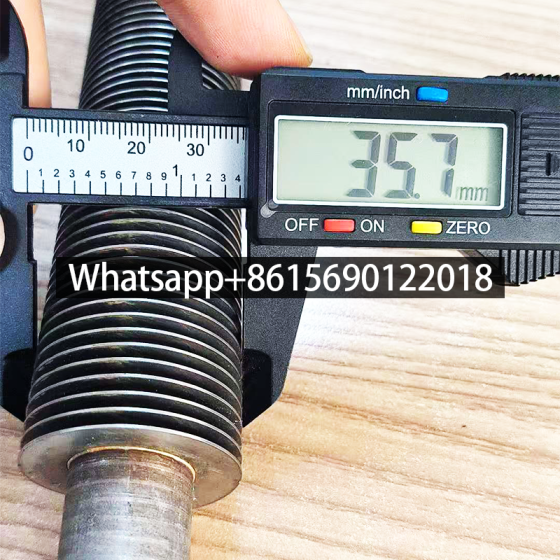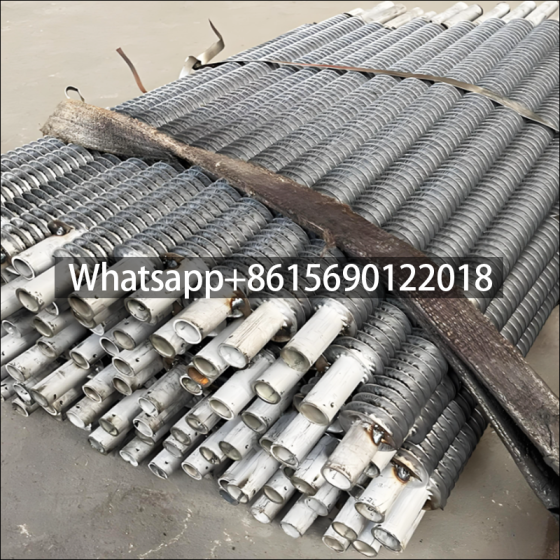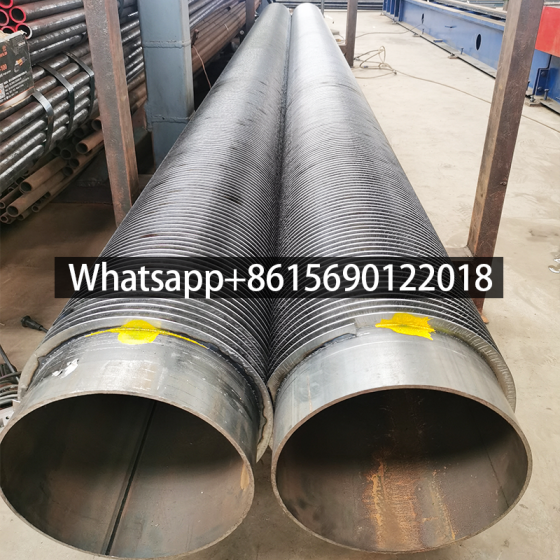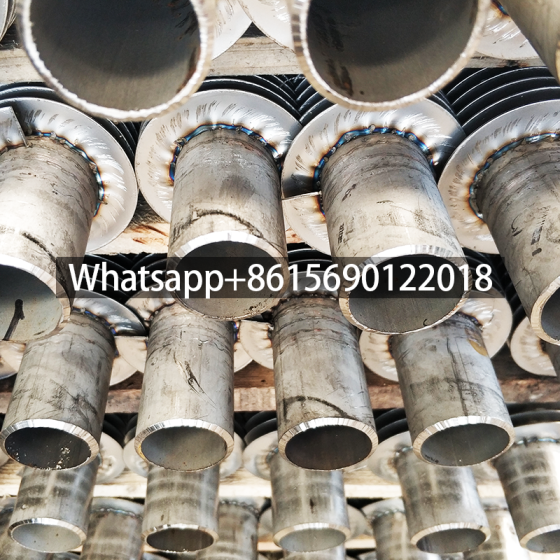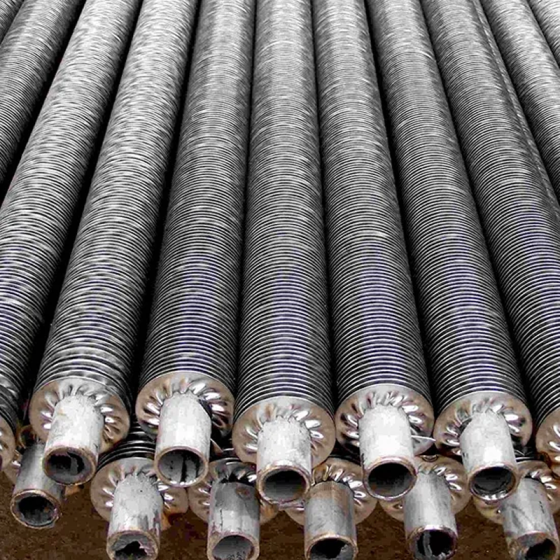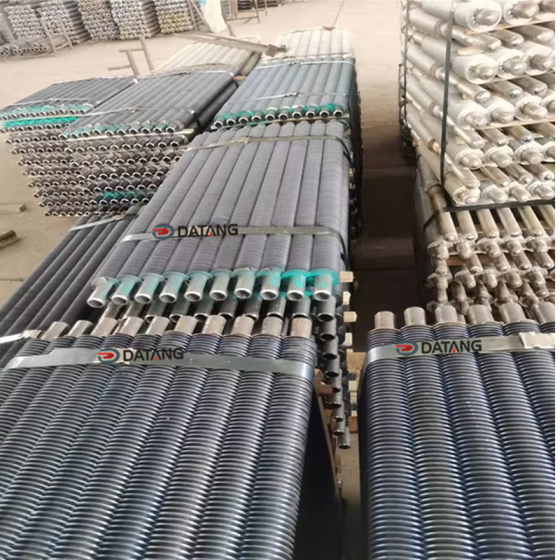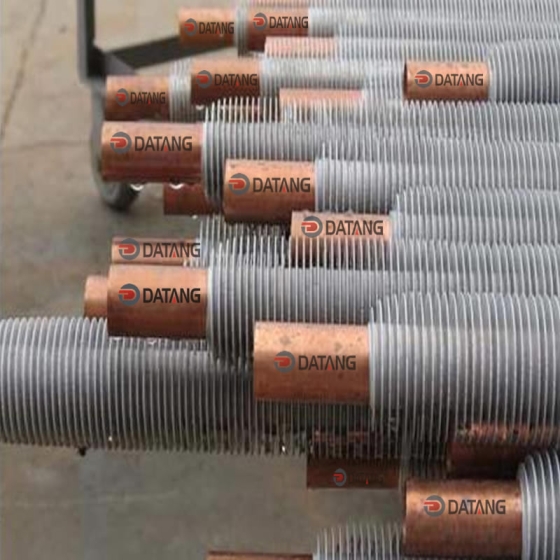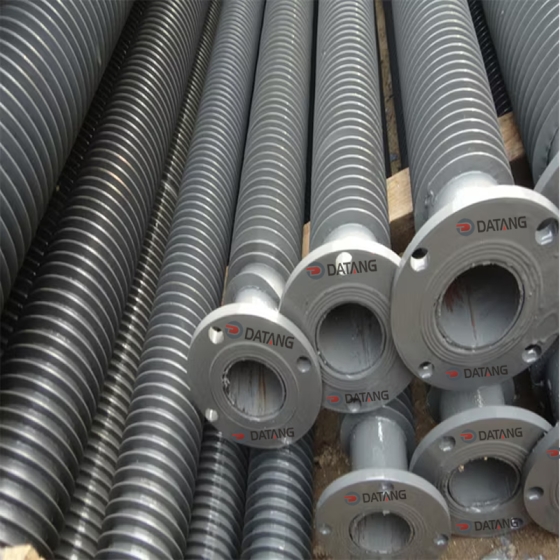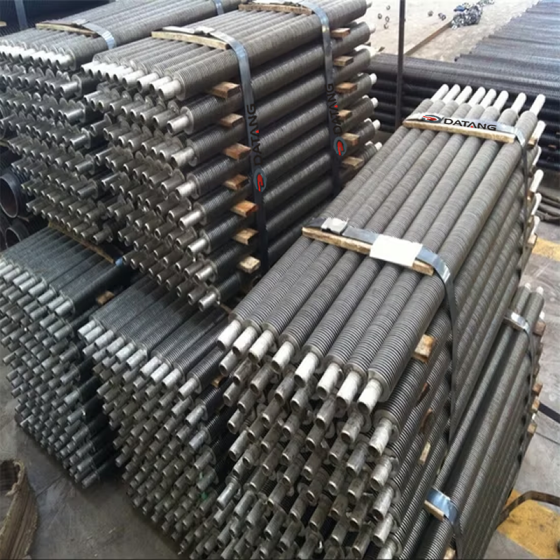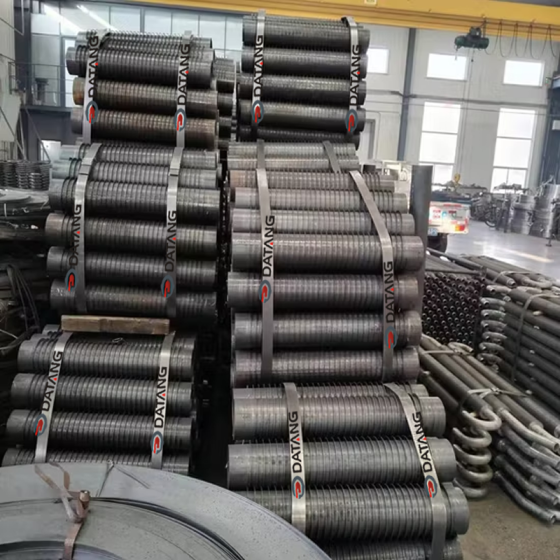What is a Heat Pipe?
heat pipes have a thermal conductivity far exceeding that of conventional heat pipes. Among all solids, silver is the best thermal conductor. Conventional heat pipes have a thermal conductivity 200-3000 times that of silver, while superconducting heat pipes can reach 32,000 times that.
The heat flux limit (a technical indicator of thermal conductivity) of conventional heat pipes is 0-4,000,000 W/m². However, numerous tests of superconducting heat pipes, both domestically and internationally, have failed to measure this limit due to insufficient heat source power. In other words, a superconducting heat pipe can only output as much heat as the input, and its heat flux limit has yet to be determined.
Isothermal Properties of Heat Pipes
Both conventional and superconducting heat pipes exhibit isothermal properties. However, even when the temperatures at the heated and distal ends are roughly the same, the distal end of a conventional heat pipe is typically 3-5°C cooler than the heated end, while the distal end of a superconducting heat pipe is 3-5°C hotter.
Heat Pipe Installation
Conventional heat pipes rely on gravity and convection for heat transfer, and generally must be installed vertically or at a slight angle. Superconducting heat pipes, however, are not subject to these restrictions and can be installed horizontally, with the tubes even able to be bent downward.
Heat Pipe Heat Transfer Direction
Conventional heat pipes transfer heat from top to bottom. Superconducting heat pipes, however, are not restricted in this direction and can even transfer heat from bottom to top (for example, the heat rods used to prevent permafrost disasters on the Qinghai-Tibet Highway are an example of this).

Heat Pipe Environmental Conditions
Conventional heat pipes will freeze and crack at -30°C and are essentially unusable above 800°C. Their high temperature limit is determined by the heat transfer medium’s tolerance. Superconducting heat pipes, on the other hand, can operate in temperatures between -70°C and 1700°C. Their high temperature limit is determined by the tube material. For temperatures that metal cannot withstand, heat-resistant ceramics or glass can be used to make the pipe fittings.
Heat Pipe Service Life
Conventional heat pipes, due to the long-term incompatibility between the heat transfer medium and the pipe material, generate non-condensable gases during operation. Accumulating these gases to a certain extent can cause the heat pipe to fail or even burst. Their service life is generally 1-2 years, though some can last 6-7 years at lower operating temperatures. Conventional heat pipes are most susceptible to dust and scale accumulation on their surfaces and require regular cleaning and descaling.
Superconducting heat pipes can have a service life of over 10 years. Perhaps due to the high-frequency vibration of the internal medium, superconducting heat pipes are less susceptible to scale accumulation in hot water. Furthermore, superconducting heat pipes in boiler furnaces lack fins, making dust accumulation less likely. However, any accumulation is easily cleaned.
 dtfinnedtube.com
dtfinnedtube.com






